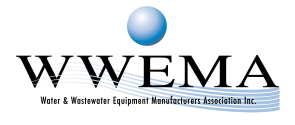EPA Administrator Michael Regan sent a letter to governors offices on December 2, 2021 on the water infrastructure funding provisions of the Bipartisan Infrastructure Law (BIL). The letter urges governors to target the funds they are now receiving toward disadvantaged communities, to focus lead line replacement in communities with the highest lead levels, and to prioritize addressing per- and polyfluoroalkyl substances (PFAS) in communities with water contamination. The letter also includes the estimated 2022 state allotments of BIL funds through the SRFs, including state, U.S. territory, and tribal allocations. For Clean Water and Drinking Water State Revolving Fund (CWSRF and DWSRF) Programs and funds allocated for lead service line replacement, 49 percent of the allocation will be provided to communities as grants or principal forgiveness loans with the remaining 51 percent of funds made available as low-interest loans. The state funding table included in the letter summarizes the first-year allotment of $7.4 billion of the nearly $44 billion in total SRF funding that will be made available over the next five years. States will also find it easier to access these funds in 2022 and 2023, given the state match is reduced to 10 percent for the CWSRF and DWSRF, compared with 20 percent in 2021 and earlier years. Subsequent to Administrator Regan’s letter, EPA released a detailed state breakout of how 2022 SRF funding will be distributed among five key program areas. Those areas are DWSRF, DWSRF Lead Service Line Replacement, DWSRF Emerging Contaminants, CWSRF, and CWSRF Emerging Contaminants. You can access the list HERE.


